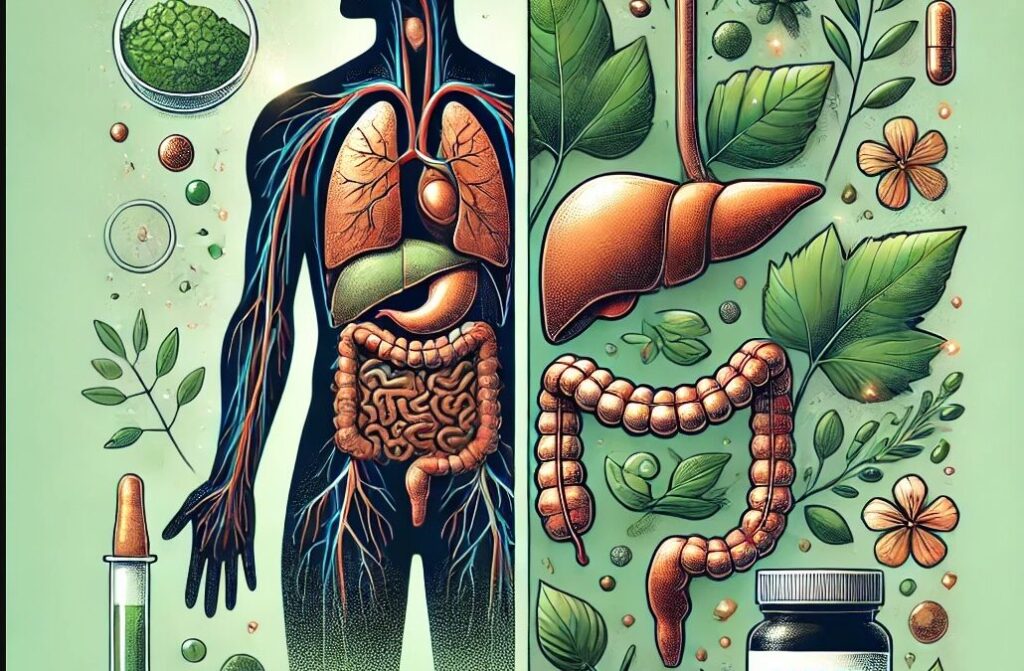Milk protein (Casein)
Milk protein hypersensitivity is thought to affect well over 40% of the population. Milk protein intolerance causes a delayed response, where it can take up to 3 days to cause symptoms. These delayed reactions to milk proteins are often tested for by measuring milk-specific IgG antibodies in blood.
Milk hypersensitivity is an IgG-mediated response (often called type III hypersensitivity reactions), and is different than an allergy which is IgE-mediated. Milk hypersensitivity in early childhood is mostly an IgE-mediated response to casein, causing immediate reactions (Anthoni, Savilahti, Rautelin, & Kolho, 2009). However, IgE reactions are often rare in adulthood. Instead, a hypersensitivity in adulthood is usually Ig-G mediated.
Many symptoms resemble irritable bowel (IBS), such as bloating, constipation, migraines, headaches, runny nose, sinusitis, fatigue, skin rashes, eczema and low mood.
Egg Protein (ovalbumin)
An egg hypersensitivity typically is associated with the egg white (albumen). This differs from an egg allergy in which involves the entire egg and is characterized by immediate allergic symptoms associated with histamine (runny nose, sneezing, watery eyes, wheezing, eczema). Egg allergies are also more common among children.
An egg hypersensitivity is characterized by gastrointestinal symptoms such as excessive gas, nausea, stomach pain, and stomach cramping. Additionally, an egg hypersensitivity can reveal itself in other symptoms such as headaches, skin problems, difficulty breathing, heart burn, joint pain, irritability and nervousness. Symptoms usually come on gradually and can be dose-dependent, and is often not life threatening.
The immune response to proteins such as egg and dairy
In normal conditions, consumed proteins, including food allergens, are completely degraded in the digestive tract to oligopeptide fragments (Gocki & Bartuzi, 2016). However, 15% of protein is often found to be incompletely digested, including a proportion of food antigens. Food antigens that were not destroyed by digestive processes (such as enzymes, bile salts, gastric pH) penetrate the intestinal epithelium of the digestive tract and reach the body’s internal environment (Gocki & Bartuzi, 2016). There are four main steps involved in the immune reaction (Gocki & Bartuzi, 2016):
- Capture of antigens by Peyer’s patch M cells, which is the microfold cell. Here there are dendritic cells, macrophages, T cells and B cells.
- Capture of antigens from the digestive tract by dendritic cell processes localized by enterocytes.
- This is where it is processed to present in an MHC molecule. The dentritic cell phagocytoses the antigen and presents a peptide of the food to CD4 T cells. CD4 binds to CD28 which evokes a TH1 response. The TH1 cell produces interferon gamma, which then initiates B cell to make IgG.
- Interferon gamma will also cause CD8 T cells specific for the food to activate macrophages to produce reactive oxygen species (contributing to oxidative stress and gut inflammation). This can contribute to production of IL-1, IL-6 and even more TNF-a (Zwickey, 2018).
- Capture of antigens by enterocytes. Food antigens can also travel between enterocytes where they can damage the integrity of the cells.
- Food antigens encounter cells of the GALT (gut-associated lymphoid tissue)
- Here, food allergens will be treated by GALT either as “innocuous antigens and induce tolerance, or as pathogens and then cause either defense reactions or excessive defensive reactions, that is hypersensitivity” (Gocki & Bartuzi, 2016).
It is also important to note that TH1 also makes TNF-alpha, which is a cytokine associated with breaking down tight junctions and leaky gut. This is also contributing to many of the symptoms associated with a hypersensitivity reaction, such as GI disturbances.
Interestingly, there is a genetic component to food hypersensitivities, making some individuals more susceptible to the loss of oral tolerance; either oral tolerance is not established or it is degraded. In fact, within the first year after birth, approximately 2.5% of infants have a cow’s milk hypersensitivity, and 80% go on to outgrow it by the time they reach five years of age. On the other hand, approximately 60% of milk allergies are mediated by immunoglobulin E (IgE) rather than by immunoglobulin G (IgG)—as is seen with hypersensitivity reactions (Sampson, 2003).
References
Anthoni, S., Savilahti, E., Rautelin, H., & Kolho, K. L. (2009). Milk protein IgG and IgA: the association with milk-induced gastrointestinal symptoms in adults. World J Gastroenterol, 15(39), 4915-4918.
Food Intolerances. (2014, May 6). Milk Allergy or Intolerance? Retrieved 2018, May 11 from https://www.yorktest.com/milk-allergy-or-milk-intolerance/
Gocki, J., & Bartuzi, Z. (2016). Role of immunoglobulin G antibodies in diagnosis of food allergy. Postepy Dermatol Alergol, 33(4), 253-256. doi:10.5114/ada.2016.61600
Sampson, H. A. (2003). 9. Food allergy. Journal of Allergy and Clinical Immunology, 111(2), S540-S547. doi:10.1067/mai.2003.134
Zwickey, Heather. (n.d). Immune Response to Food. [presentation] Retrieved (2018, May 11) from https://learn.muih.edu/courses/6679/modules




